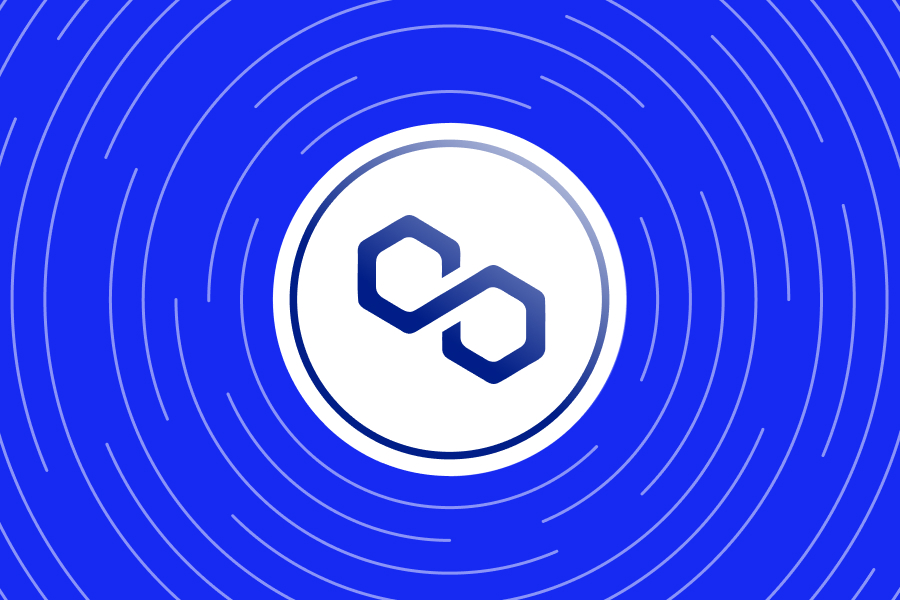What is Polygon (MATIC)?


Polygon (MATIC) aims to help make Ethereum faster and cheaper to use as it grows, enabling it to work effectively as it increases user numbers.
It does this by taking transactions and events off the main Ethereum network to be processed on the Polygon blockchain, acting as a second layer to the Ethereum blockchain. This is why it is known as a layer-2 solution. Think of layer-2 solutions as adding an express lane to a busy highway. Just as the express lane helps ease congestion and speed up travel time for drivers, a layer-2 network takes transaction processing off the main blockchain, making it faster, cheaper and more efficient for users.
Takeaway
A layer-2 solution is like adding an express lane to a busy highway.
What is Polygon’s cryptocurrency?
The native cryptocurrency of the Polygon network is MATIC (pronounced mat-tick), which was also the name of the network prior to a 2021 rebrand to Polygon. The founders decided to keep the name of its cryptocurrency unchanged.
MATIC is used to pay for transaction costs, to secure the network, and as a way of investing in the protocol. Not all MATIC coins have been released into circulation, but there is a supply limit of 10 billion coins. Polygon will soon start burning a portion of fees before rewarding stakers, which may give it a scarce appeal in future for investors.
Why are people investing in Polygon?
Polygon has become one of the leading Ethereum scaling solutions. It’s got funding from high-profile investors, including Mark Cuban and Sequoia Capital.
It has also helped a number of global companies enter the web3 space, including Mastercard, Starbucks, Disney and Meta. German airline company Lufthansa recently announced its partnership with Polygon in launching its loyalty platform.
How does Polygon work?
Polygon refers to itself as Ethereum’s internet of blockchains. It runs in parallel with Ethereum, processing transactions sent from the Ethereum network on so-called sidechains and then sending them back in groups. This makes it cheaper to build on Polygon but also frees up computing power on the Ethereum network.
POS sidechain
Polygon’s proof of stake (POS) sidechain is a smaller version of Ethereum that runs alongside the layer-1 network. This makes it possible for developers to build Ethereum-compatible Dapps on Polygon, but at a fraction of the cost. In this way, the POS sidechain absorbs a lot of congestion from Ethereum.
Plasma chain
A plasma chain on Polygon is connected to Ethereum but it processes transactions off the blockchain by breaking it up into more manageable parts through a process called sharding. Each shard processes transactions separately, making it much faster.
Zk rollups and Optimistic rollups
ZK rollups, or zero-knowledge rollups, are built on top of a layer-1 network and bundle, or roll up, many transactions into one, which it then processes off-chain. This makes transactions faster and cheaper.
Optimistic rollups assume that transactions are valid unless proven otherwise, which reduces the computer power required to process transactions.
Each of these Polygon scaling solutions essentially do the same thing, but handle, verify and send data in different ways.
*This information should not be construed as a solicitation to trade. All opinions, news, research, analysis, prices or other information is provided as general market commentary for information purposes only and is not investment advice or recommendation. Luno always advises you to obtain your own independent financial advice before investing or trading in cryptocurrency.
 Discover
Discover Help Centre
Help Centre Status
Status Company
Company Careers
Careers Press
Press

